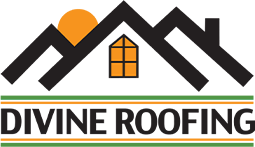What is Attic Insulation, And How Does It Work?
Directly below your roof lies your attic – a part of your home that you may not think about much but is actually crucial to your comfort and energy-efficiency. The most useful and essential part of your attic isn’t visible but lies inside your walls providing you with comfort and security. Attic insulation is a material installed inside your attic walls, usually made of fiberglass or wool batt that stops heat from entering or leaving your home. This material can be rolled out in “blankets” inside your wall or “blown” in as loose-fill insulation.
With a well-insulated attic, your home can regulate its temperature more efficiently without extra help from your HVAC system. This not only makes you more comfortable, but leaves you paying less in heating and cooling bills. Additionally, insulation provides a barrier between minuscule cracks in your exterior and your home, preventing excess dirt, moisture, and other contaminants from damaging structures and irritating lungs.
The Benefits of Attic Insulation
- Lower utility bills
- Your home retains more heat in the winter
- Less heat enters your home during the summer
- A defense against condensation, moisture, and other potential damages
- Less work for your HVAC system, which means less wear-and-tear damages
- Better indoor air quality
- A higher level of comfort
How Can I Make Sure My Attic is Properly Insulated?
These days, most homes are built with insulated attics, so your home almost certainly already as attic insulation installed. But that insulation may not be what it used to be. Over time, attic insulation degrades, gets damaged, and bunches up inside your attic walls, making it less effective and causing you to miss out on the benefits that insulation typically provides. Additionally, pests love to chew through insulation, so if you’ve had a recent infestation, your home may no longer be equipped with an effective heat barrier.
Thankfully, there’s an easy way to check the insulation levels in your attic walls. If you notice that your home is less comfortable, or that your energy bills are rising, take a trip to your attic to perform a simple test. Take a look at your joists, the wooden beams that form your home’s ceilings below your attic. If you can’t see insulation at the level of or around the joists, your insulation levels are too low. Alternately, you can always contact a professional to help you evaluate your attic!
What is an R-Value?
If you’re discussing insulation with a professional or searching for information online, you may see or hear the term R-value. An insulation material’s R-value refers to its ability to block the movement of heat, and therefore its effectiveness when installed in your home. Most insulation materials are rated with an R-value per inch of thickness. Every home requires a different R-value of insulation depending on weather conditions and state regulations. If you need to replace or add on to your attic’s insulation, understanding the R-value of the materials you use is important.
If you have more questions about attic insulation, contact the licensed roofers at Divine Roofing, Inc. for professional answers from friendly, experienced technicians.

